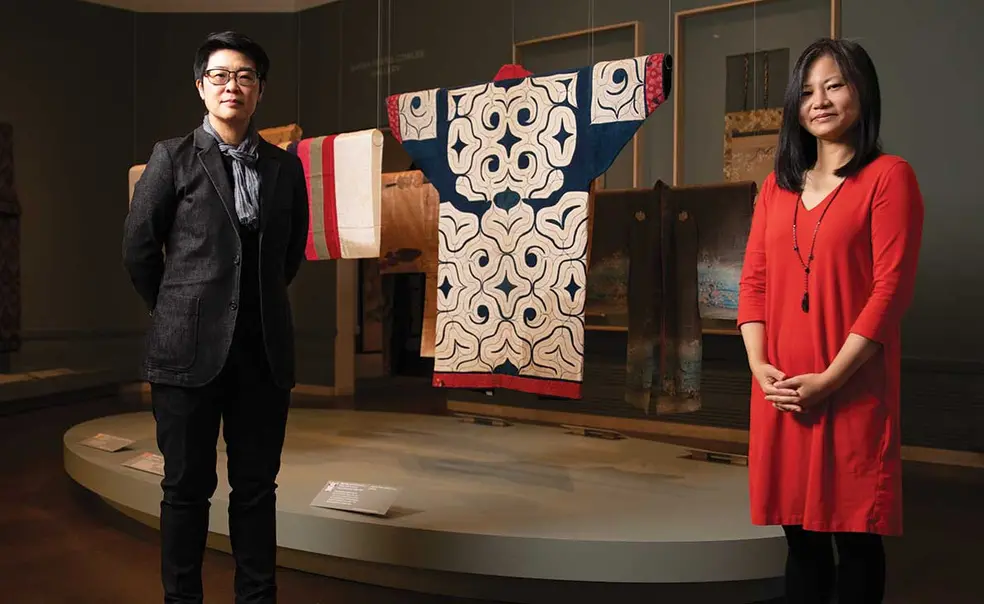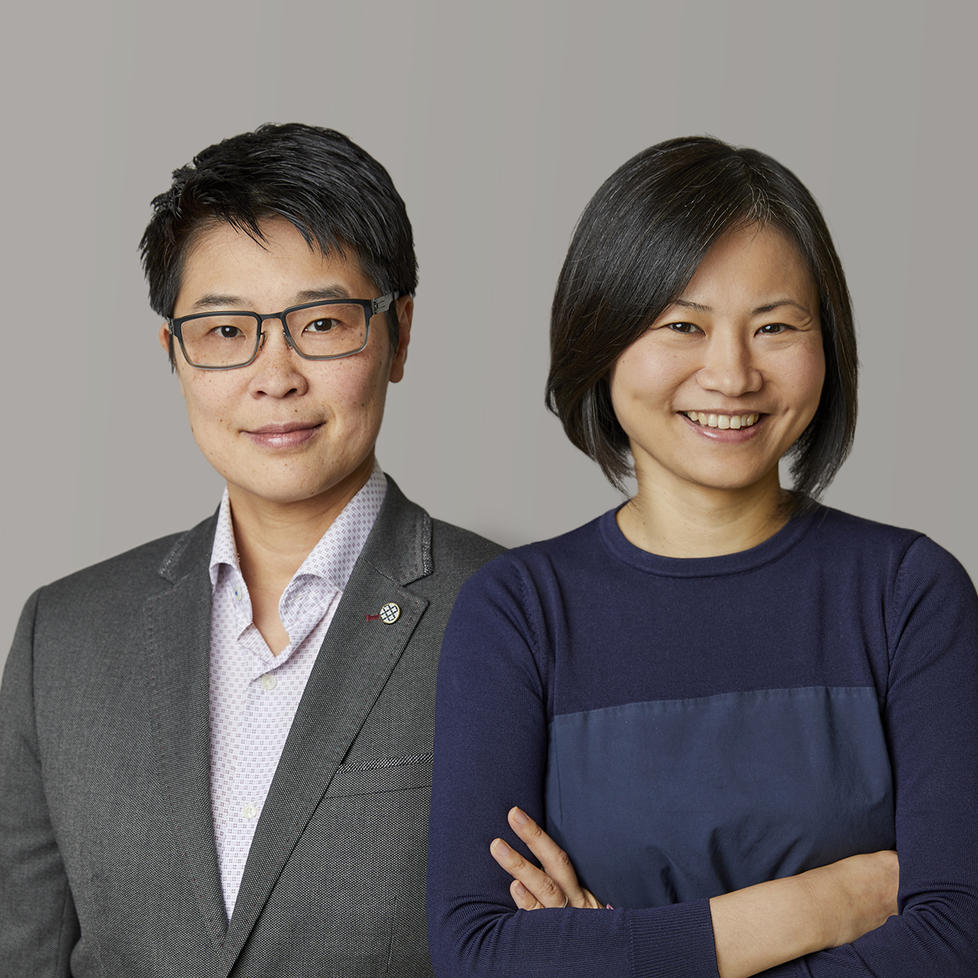Two Alumni Re-created Seattle’s Asian Art Museum From Scratch
Two alumni had just finished a major renovation project when the pandemic hit
At the beginning of 2020, Ping Foong *06 and Xiaojin Wu *11 were riding a career high when the Seattle Asian Art Museum reopened after a three-year, $56 million renovation and expansion project. As the museum’s curators, Foong and Wu were generating buzz for their daring new presentation style, which rejected the convention of chronological and culture-specific exhibits for new thematic displays that pulled together objects from across Asia.
But for all of the detailed planning that went into this overhaul of the museum, nobody had anticipated that a global pandemic would come along, forcing the museum’s closure just weeks after its grand reopening. Now, the Asian Art Museum has reopened — again.
Foong, who received her undergraduate degree from Brown University, was one of the last grad students of Princeton professor Wen Fong ’51 *58. Early in his career at Princeton, Fong co-founded the United States’ first doctoral program in Chinese art and archaeology, and later chaired Princeton’s Department of Art and Archaeology while consulting on Asian art for New York’s Metropolitan Museum of Art. He produced several generations of U.S. historians of Chinese art.
So for Foong, his mentee, “It seemed a very clear path,” she says.
‘For me, it was my once-in-a-lifetime chance,’ says Ping Foong *06
Likewise, Wu was enrolled in a graduate program in Singapore when she had a chance to work with Soho Machida, who had been on the faculty of Princeton’s East Asian studies department. After earning her master’s degree, there was no question about where she wanted to go for her Ph.D., she says: “Princeton is the only place that encouraged students to hold academia and museums at equal weight.” Her adviser was Japanese art history expert Yoshiaki Shimizu.
Wu also worked at several prestigious East Coast galleries and was an associate curator at the Princeton University Art Museum. She moved to Seattle in 2012 as the Asian Art Museum’s curator of Japanese and Korean art.
Meanwhile, Foong had remained in academia, teaching at the University of Chicago and the University of California, Berkeley. And then she heard about an opportunity to recreate the museum from scratch. “For me, it was my once-in-a-lifetime chance.”
Arriving in Seattle in 2015, Foong became the Foster Foundation Curator of Chinese Art. And shortly thereafter, the museum’s reinvention began. While both curators drove this process, they shared credit with Darielle Mason, who has expertise in South Asian art and helped ensure that the art of cultures that had received scant attention — such as Vietnamese and Filipino art — was represented.
The Seattle area boasts a large pan-Asian population, and the curators felt it was essential to expand the museum’s scope, drawing on input from a community-centered advisory group.
In reimagining the museum’s 13 galleries, Foong and Wu assembled pieces from across Asia and time periods in new juxtapositions.
In reimagining the museum’s 13 galleries, Foong and Wu assembled pieces from across Asia and time periods in new juxtapositions. The “Are We What We Wear?” gallery, for example, showcases garments used in work, play, and ceremony — from an 11th-century gold dowry bracelet from Persia to textiles from the South China Sea, an Ainu robe, and photographs by 21st-century Korean photographer Yeondoo Jung, whose subjects appear in their work apparel next to alternative images depicting their wildest fantasies.
Another gallery invites visitors to consider “What Is Precious?” and offers answers from Asian cultures spanning three millennia. In the 17th century, while tea masters in Japan were embracing the simplicity of raku pottery, the ruling class in India coveted daggers with gem-encrusted grips. Elegant minimalism or exotic ostentation? The curators leave it to visitors to ponder.
In the first two weeks of its reopening in February 2020, the Asian Art Museum had more visitors come through its doors than in the entire year before the renovation.
But then: the pandemic. During the shutdown, the curators pivoted to digital platforms, creating new programming. They also altered the visitor experience, establishing a one-way traffic pattern and developing free smartphone tours.
On May 28, the museum reopened to the general public on a limited schedule with a cap on attendance, due to public-health protocols. Both curators acknowledge that they lost some of the momentum of the 2020 reopening, but they’re taking a glass-half-full approach.
“If you go to the museum right now,” Foong says, “you’ll have it basically to yourself. How wonderful is that?”













No responses yet